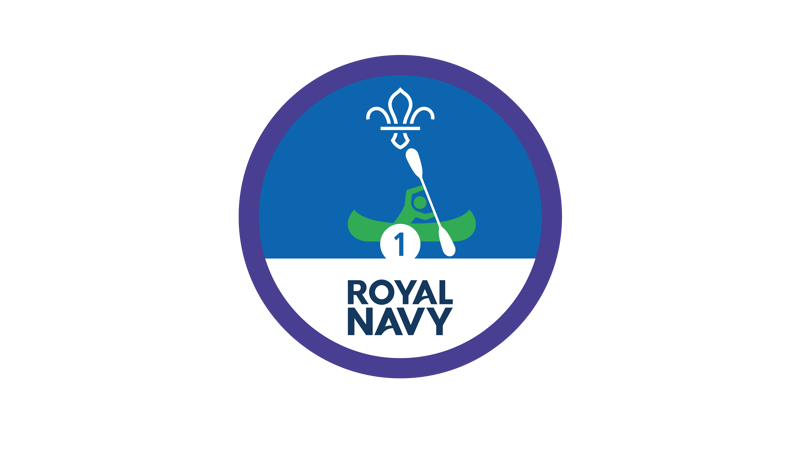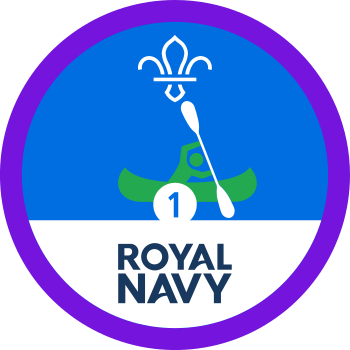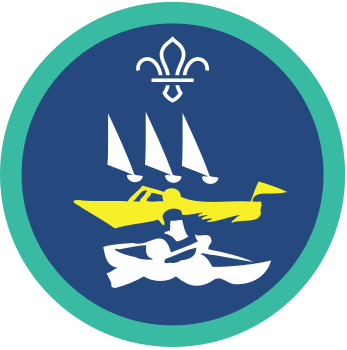
Powerboating
What to expect
Powerboating is a fun-filled water activity using engine-powered boats of varying sizes. These boats can be used for everything from calm river trips to high-speed aquaplaning. Younger groups could participate in powerboating to get some experience with the craft, enjoy the ride and take in the surroundings. Meanwhile, older groups would get the chance to learn the skills that enable them to take the helm and control the powerboat.
Get in touch with your local Scout Adventures centre – they run sessions with powerboats and provide training. It’s always worth chatting to local sailing clubs, powerboating enthusiasts or your District Commissioner to see if they know of any local activity providers too.
What you’ll learn
Powerboating is about guiding the boat around the water, whilst looking out for other boats and keeping everybody on board safe. You’ll learn how to navigate on the water, how to control the boat and see more of the great outdoors.
Fun facts
The first major powerboat race was in 1903 across the English Channel.
Handy hints
- Dress for the occasion. Centres may need you to bring along specific things, like certain types of clothing or shoes. Always double check this before running the activity, and make sure everyone knows in advance what they need to bring on the day.
- Navigational skills. On top of the challenge of controlling the cruiser, powerboating also requires nifty nautical navigation skills. It might be useful to work on your Sea Navigation Activity Badge before you set sail.
- Make sure your camera has a strap. Travelling on the water offers some great photo opportunities, but you need to keep your camera safe. A camera strap might be the best way to do this.
- Swishing and swaying. Some people suffer from motion sickness when doing activities like this. Make sure you have everything with you to cope with this and have conversations with people to see how they can manage it, if they need to.
Safety
You must always:
- Complete a risk assessment
- Have the right ratios of number of adults to provide suitable supervision
- Set up an InTouch process
- Know what to do in an emergency
- Share information with parents and carers with an activity information form
- Get approval from your commissioner
Be safe outdoors:
- Check the weather forecast
Be safe in water:
Everyone should be able to swim 50 m wearing the clothing or equipment for the activity. Non-swimmers will need additional support.
Water can be dangerous - be aware of the risks.
The category of water depends on how safe the water is. Use our waterways directory to check.
Be sure to manage the group when near water, keeping everyone safe.
Make sure that all equipment is fit for purpose and in good condition:
Everyone must wear a life jacket or buoyancy aid.
The instructor must make sure boats are seaworthy.
There are regulations you must follow if you are hiring a boat.
Joint activities with other organisations:
- This activity can be run jointly with Girlguiding.
- This activity can be run with other organisations.
This activity can be led by you or someone else in Scouts:
The activity leader must have an adventurous activities permit with the right level and permissions for your group.
Where the group is entirely members over the age of 18 the permit scheme does not apply, please follow the rule 9.8 adult groups.
You can go to a centre or use an activity leader who is not part of Scouting:
You must find a suitable provider who meets the following requirements:- The centre/instructor should hold one of these: (If the provider is AALA exempt)
- Royal Yachting Association - Power Boat Instructor with appropriate endorsements
The provider must have public liability insurance.
Guidance
Reflection
Powerboating gave you the opportunity to travel along the waterways, lakes or coastline of the UK, while controlling your own boat. What other ‘on the water’ activities has everyone participated in? If this was the first one, how was it? Is it something you’d like to do again someday?
During the activity, how did everyone feel? Did you feel relaxed while gliding through the water at a slower pace, or perhaps excited when traveling at speed through the water? Did anyone feel anxious at first, but safer once they got to grips with the controls?
Powerboating often involves using boats with powerful engines. Why not try something without an engine first, like a dinghy, to gain some confidence in the water.
Powerboating can often be adapted so more people can give it a go. Many centres have facilities that cater for people with additional needs and experienced instructors to help everyone achieve their goals. Get in touch with your local provider to chat through the needs of people in your group. Make sure you give them plenty of notice.
All Scout activities should be inclusive and accessible.
If anyone enjoyed this experience, encourage them to have a look at some other, similar adventures, such as personal watercraft activities or motor cruising. Also, point them towards the Scouts Power Coxswain Activity Badge or the Time on Water Staged Activity Badge, which could both be of interest.
There are also lots of courses around the country that teach people how to work with different types of boats. You can find out more on the Royal Yachting Association’s website.
If anyone has done this before, encourage them to share their knowledge beforehand with everyone. They could do a presentation or have a chat with everyone about what to expect in the activity.


